‘Cracker of an idea’: The story behind early education’s mega-bucks Investment Dialogue
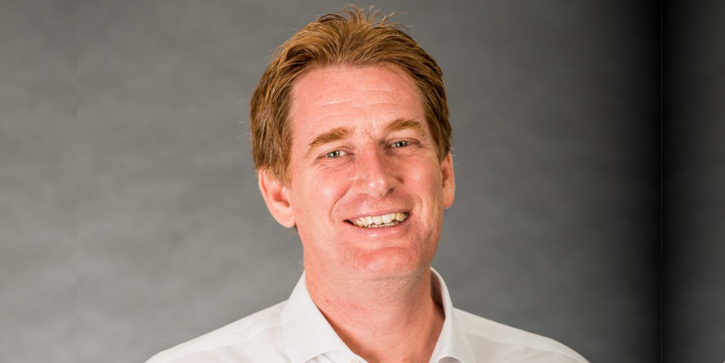
How did Matthew Cox bring together a broad group of foundations in Australian philanthropy to commit potentially hundreds of millions to early years education – and get the Federal government to back it too? Matthew, Executive Director at The Bryan Foundation and key orchestrator of the scheme, tells the story behind one of the most significant collaborations between the sector and government for years.
When the Federal Government backed an extraordinary initiative to drive improved early childhood learning outcomes for disadvantaged children on Budget day, 15 years of work came together for Matthew Cox. The project has seen a diverse and influential collection of the country’s foundations collaborate on an unprecedented scale – a partnership that could grow into the billions. It’s also extraordinary for its simplicity.
“It’s the kind of project where everyone said, ‘Don’t we do this already?’ And unfortunately, the answer was no, we don’t,” says Matthew, Executive Director at the Bryan Foundation in Queensland. “We were all on the same page about what needed to be done, but there was a lot of fragmentation of effort and resources. So, as they say, ‘don’t get mad, get organised’. And that’s basically what we did. It was not much more sophisticated than that,” he laughs.
Matthew is talking, with some modesty, about the Investment Dialogue for Australia’s Children – Australian Research Alliance for Children and Youth (ARACY), to which the Government amplified its commitment as part of a $200 million package for philanthropy in the Budget. Uniting some of Australia’s biggest funders behind a common project is no small feat. So far the group consists of the Besen Family Foundation, CAGES Foundation, Dusseldorp Forum, RM Ansett Trust (as managed by Equity Trustees), Fogarty Foundation, Gold Coast Hospital Foundation, Hand Heart Pocket, Minderoo Foundation, Paul Ramsay Foundation, Philanthropy Australia, Stan Perron Charitable Foundation, The Berg Family Foundation, The Bryan Foundation, The Ian Potter Foundation, The John Villiers Trust and Tim Fairfax Family Foundation, with interest growing by the week.
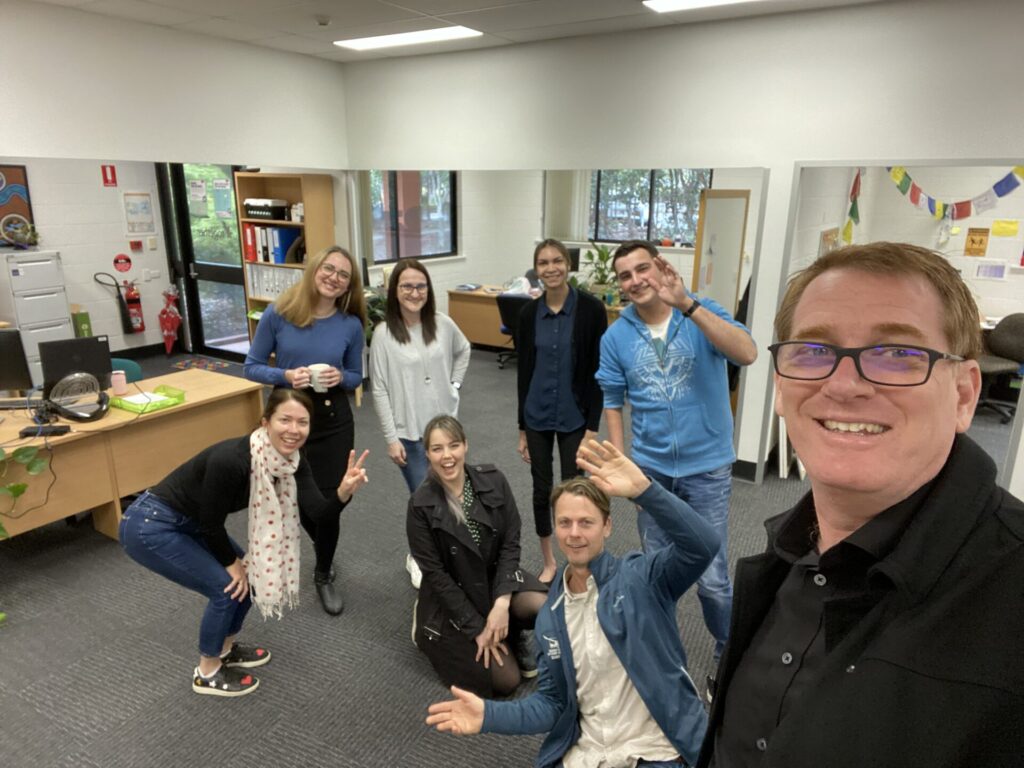
Matthew hopes to be sitting around a table later this year with the Treasurer Jim Chalmers, Minister for Social Services, Amanda Rishworth, the foundations’ CEOs and other stakeholders to plot a map to address intergenerational poverty and educational disadvantage for children. Much of the thinking is based on what became widely known as Logan Together, that he helped develop during eight years working in the city just outside of Brisbane – in the Treasurer’s constituency. The plan, among other things, will involve local decision-making mechanisms, administrative organisation and data tools.
Matthew has been with The Bryan Foundation for little more than a year and it’s his first job in the philanthropic sector. “When I started working at the foundation, what became obvious is that philanthropy, even at the biggest scale we can muster in Australia, could do terrific work through pilots or studies on key issues that government might pick up, but it could never really act at scale. Even the biggest foundations in the land couldn’t fund projects at scale for very long.”
Matthew started thinking about the best way to use philanthropy to create big, lasting change. Having worked at the Red Cross and then with the Logan Together initiative, he knew most people doing good work in early years education shared a similar approach, so there was an opportunity to align organisations behind the same model.
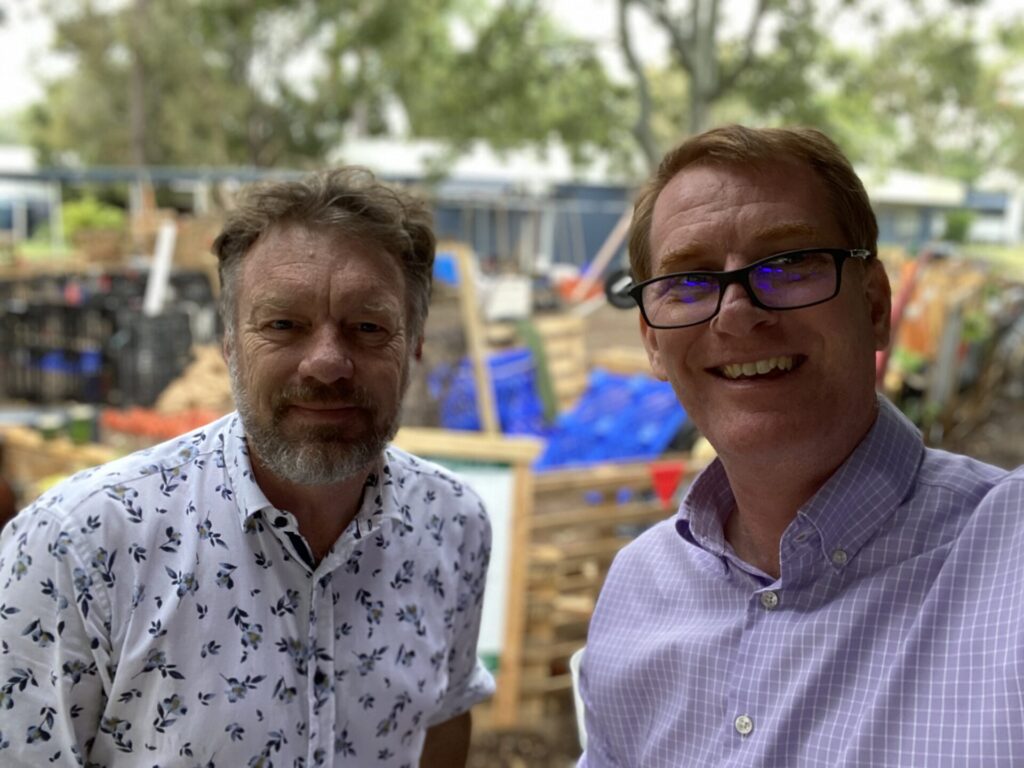
“Firstly, the model is about working with local people, building trust to co-design solutions. It’s taking a human development perspective, built on all the ingredients we know children need to improve their life chances. It’s place-based – disadvantage is geographically concentrated. It’s about integrating the resources that you do have around the needs of people, not organisations, then providing additional resources. It’s about allowing communities to do the nourishing, healing work that they do.”
He says there are already around 20 communities in the country that have advanced social and economic development plans, so part of the Dialogue will be backing up and funding those community leaders, as well as identifying other communities that need support.
‘This is not a knowing problem, it’s a doing problem’
The model was inspired by, among other things, the Harlem Children’s Zone in New York and seminal work on Collective Impact by John Kania and Mark Kramer. It was a whole-population approach, meaning every child was of interest to the program. “We adapted this epidemiological approach, asking ‘How many folks are there? How many of them are doing well? How many of them are not doing well? For those who aren’t doing well, why aren’t they doing well? Let’s talk to them and find out why. Then let’s do the things that they, and we, agree might make a difference. Let’s do them at a population scale, then let’s measure it. Let’s set some goals and have some discipline about what we do.
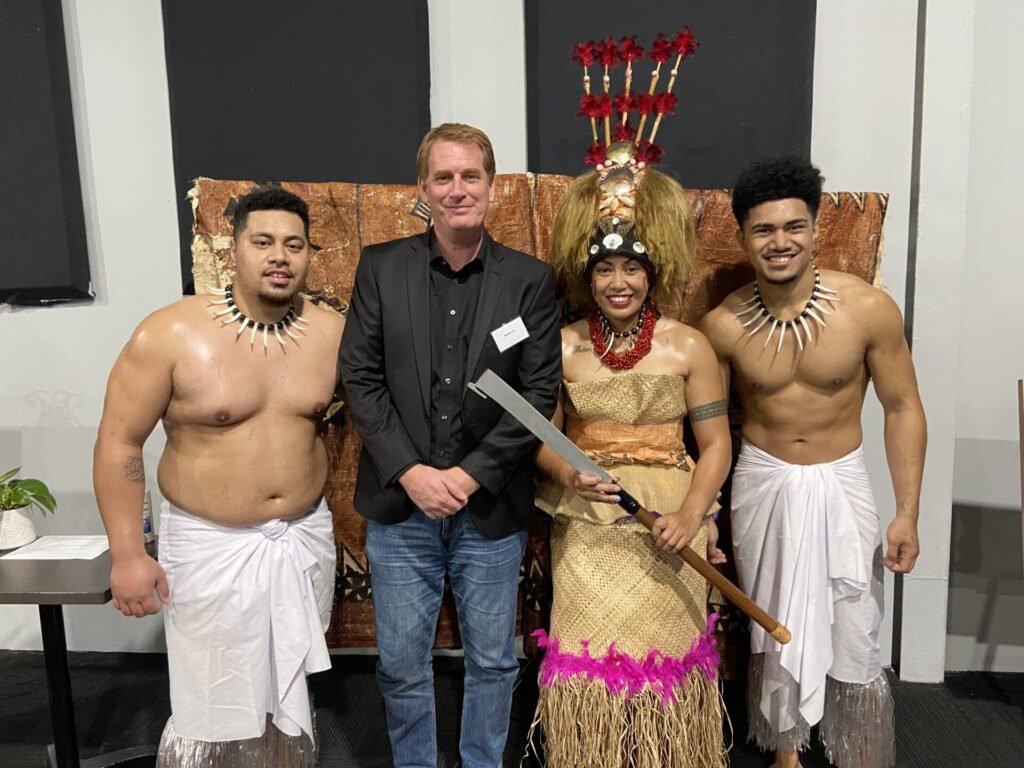
“It’s pretty straight-forward. That’s why most people were shocked that we weren’t already doing it,” says Matthew.
An initial group of foundations agreed that they were all making impacts here and there, but asked themselves what would the picture look like if they worked on these issues together over 10 years? They brainstormed it around a whiteboard. “And in about two hours, we had a plan to solve everything,” he laughs again. “This is not a knowing problem. It’s a doing problem,” says Matthew.
“So just solving that fragmented thinking opened up a huge range of possibilities.” And the rest was good timing.”
More foundations came on board. Then the group discussed money. They got to the potential spend with a billion dollar sign on it “pretty quickly”, purely based on what they were projected to spend on children and family issues collectively over the coming decade. “It was a lightbulb moment where everyone went, ‘Oh, that’s a lot of money’. It deserves more consideration.” And the opportunity to influence public policy was clear.
“At the $25 million scale, that’s a nice project with government, but at the $1 billion scale – that’s a totally different conversation with government, and one where we’re at the table from the beginning. We knew we had to be ambitious.”
‘It’s a cracker of an idea’
Matthew contacted Jim Chalmers, who he knew from his time in Logan. The “good timing” happened to be the week before the Jobs and Skills Summit last year. “Jim said ‘That’s a cracker of an idea. Why don’t you come to the summit and pitch it?’ I did, and it got accepted as one of the outcomes, so that was quite helpful.
“Those first discussions with government went extremely well because they immediately saw that the opportunity to use the seed capital, the flexible, nimble, fast, risk-taking capital that philanthropy can bring is complementary to what the government can bring,” he says.
“All of the probity and constraints necessary in government can hinder innovation. Innovation is highly person-centric. You back key leaders, organisations, ideas. You take risks, you take a portfolio approach. Some things will fail, but others will flourish. That’s philanthropy but none of that is possible in an environment where every dollar’s got to do its work in government.”
The Logan model is similar to projects operating in communities around the country like Burnie, Ceduna and Bourke, and results are outstanding – but it’s a long game. “There’s a lag of quite a few years between when you start and when the data comes in to show children doing better. But in Logan in 2009 when the first child development data was collected, just under 38% of all kids in the city were developmentally vulnerable. By 2021, the community had got that number down to 29%, so that’s a pretty significant reduction,” says Matthew.
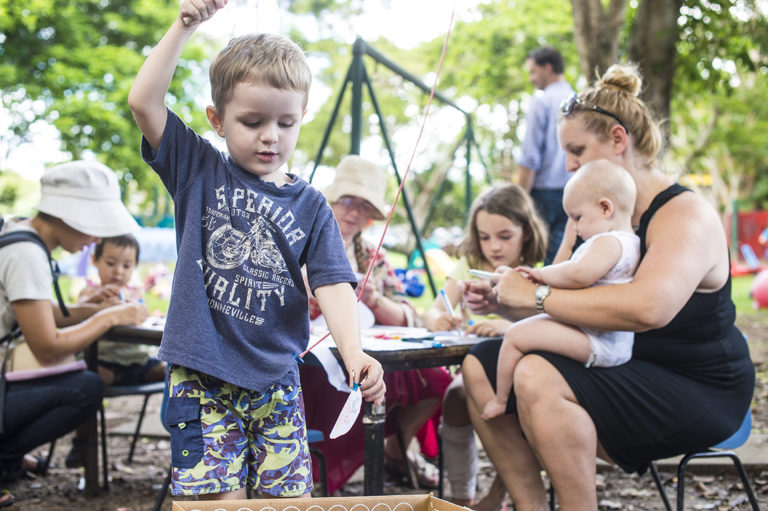
“It’s an extraordinary result because it’s a huge city, 350,000 population, with one of the highest concentration of vulnerable people in Queensland. In Benalla, they’ve had faster results. They’ve got those numbers to go from 32% to 23% in just six years. When we get these whole-of-population outcomes, we can see lead indicators of young people doing better, being less involved in crime, completing school at higher rates, getting jobs at higher rates, raising their own kids. That’s what we’re hoping for on a big scale with the Dialogue,” says Matthew, who is also keen to recruit more philanthropists to the cause.
For only one year in the sector, Matthew has made extraordinary inroads, perhaps due to the rounded education his experience in local government, social services and not-for-profits has brought him. His only formal training, he says, is in Russian history and journalism. “It’s been a very self-taught pathway. I’ve made an enormous number of mistakes, but if you learn from them, they’re a good teacher.”
Why is early years development so important to him?
“The impetus is about social justice and making things better. There are other areas you could focus on, but the early years are where the biggest gain is to be made. If you’ve only got one place to strike, the under-fives is where you want to focus effort.”
While the full details are a way off being confirmed regarding the Dialogue, Matthew is pleased with where his 15 years devoted to this work has landed so far. “It’s a great start. What’s important is the relationship between Government and philanthropy, the shared agenda. We believe the same things about the future and about what might make things better for people – that’s massive. The money and scale will come,” he says.
“It feels different now. There are many reasons to be hopeful.”